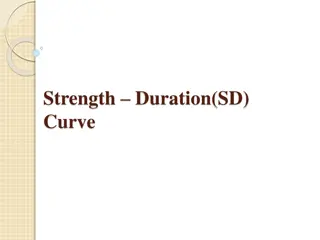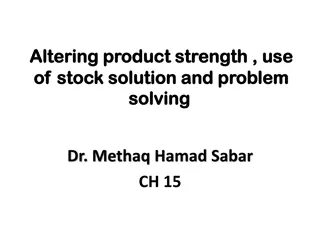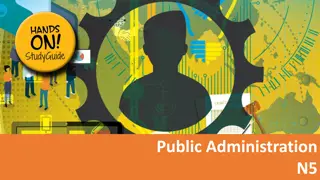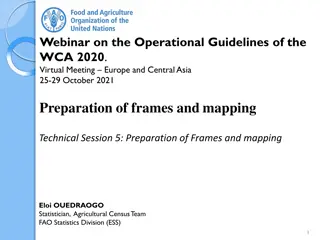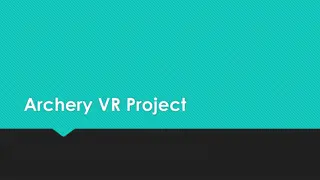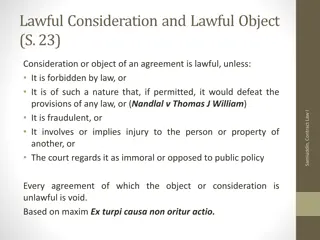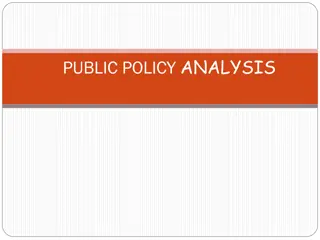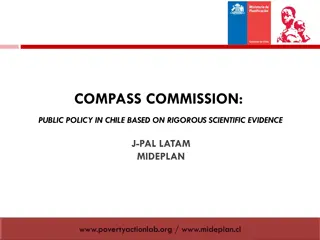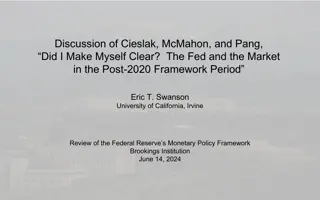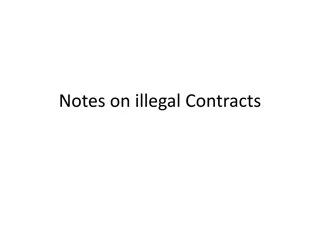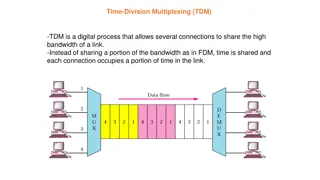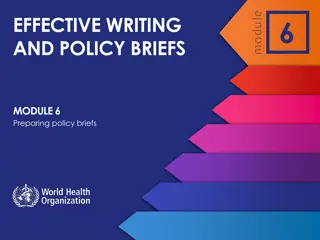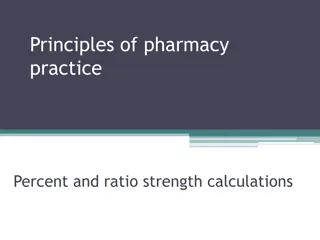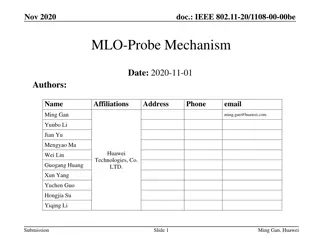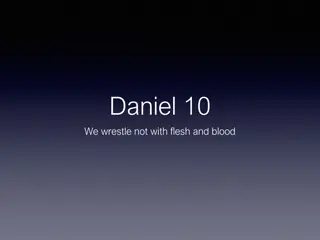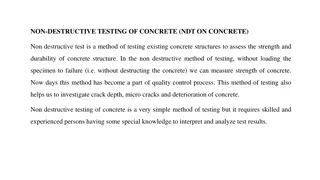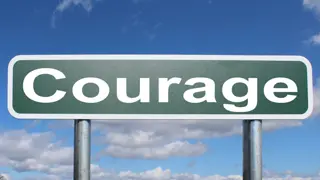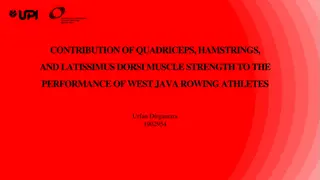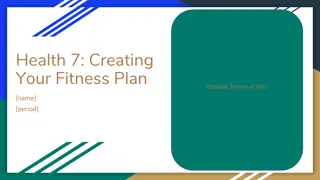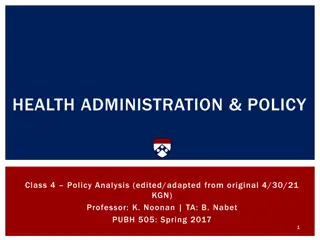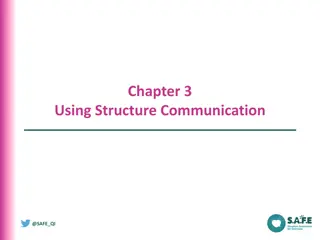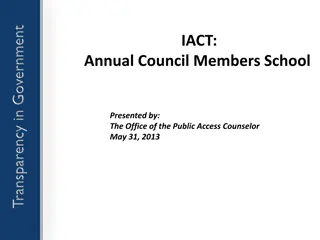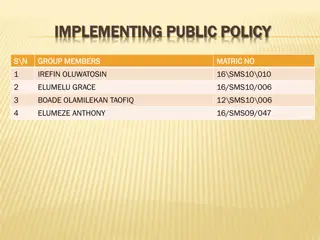Understanding Frame Strength in Public Policy Communication
Examining the strength of frames in public policy communication, focusing on the impact of thematic and episodic frames. Thematic frames emphasize general patterns and context, while episodic frames highlight specific events and stories to evoke emotional responses. The study delves into the 24-year rule in Denmark, questioning its implications and societal perceptions. Arguments for and against the rule are explored through statistical trends and individual narratives, highlighting the complexities of framing in policy discourse.
Download Presentation

Please find below an Image/Link to download the presentation.
The content on the website is provided AS IS for your information and personal use only. It may not be sold, licensed, or shared on other websites without obtaining consent from the author. Download presentation by click this link. If you encounter any issues during the download, it is possible that the publisher has removed the file from their server.
E N D
Presentation Transcript
Baumgartner, Framing, Spring 2023 Aaroe, Lene. 2011. Investigating Frame Strength: The Case of Episodic and Thematic Frames. Political Communication 28: 207 26. Before we start: remember you owe me a one-page (single spaced) description of your idea for your term paper on Monday. If you are not sure what topic you want to do, give me two or three ideas. Pay attention to how you will do it: what kinds of data resources are available? Print it out and bring it to class. Feb 1, 2023 POLI 421, Framing Public Policies, Spring 2023 1
What makes a frame strong? Her argument: It depends on the emotional state of the receiver . Thematic v. episodic frames Thematic frames: Statistics, general patterns, collective evidence, background, context, etc. Episodic frames: Illustrations, case studies, life stories, anecdotes, concrete events POLI 421, Framing Public Policies, Spring 2023 2
Reasons for impact of episodic frames Stronger emotional reactions Direct these responses into support for a policy implied by the frame Direct the emotional response at a particular character That is, it creates a villain. Think back to Deborah Stone. More influence on opinion if the emotional arousal is stronger (Therefore, less so it the episodic frame elicits little emotion.) POLI 421, Framing Public Policies, Spring 2023 3
A key difference in the two types of frames Thematic: brings the viewer / reader s mind to think of abstract causes, more diffuse, more external causes Episodic: human interest details put a face on the problem and direct attention to specific people or characters, the objects of your emotional response. POLI 421, Framing Public Policies, Spring 2023 4
The Study: the 24-year rule in Denmark No foreigner may marry a Dane and live in Denmark until both bride and groom reach the age of 24 Fewer than 2% of people younger than 24 in Denmark are married. 2002 law was an anti-immigrant move, or an assertion of the Danish lifestyle and the need to assimilate. (Side point: is this a racist law?) POLI 421, Framing Public Policies, Spring 2023 5
Two arguments for, two arguments against Arguments for: changing immigrants outdated, involuntary marriage patterns. Thematic: statistics show a clear change in marriage patterns, away from the country of origin and therefore toward marrying Danes or people already in Denmark Episodic: desperate immigrant woman promised before birth to her cousin Arguments against: injustice against innocent young people Thematic: statistics that arranged marriages are not a big problem Episodic: happy couple, one Dane one immigrant forced to live in Sweden because they would be arrested in Denmark if they came home. POLI 421, Framing Public Policies, Spring 2023 6
Episodic frames much more powerful here Innocent victims of the law Villains: people enforcing arranged marriages, or Danish police authorities putting young couples in jail Anger, disgust Blameworthy agent of the bad policy POLI 421, Framing Public Policies, Spring 2023 7
Experimental method She needed to find frames that differed along the lines above, four different ones, but that were not inherently better or worse than each other along any other dimension. Pretest: nine frames presented, How strong would you say this argument is? , use those results to select the experimental stimuli. (Note: experiments are hard to do right!) POLI 421, Framing Public Policies, Spring 2023 8
More on methods Do you think the 24-year rule should be abolished or preserved? How much of each of the following emotions to you feel? Compassion, pity, anger, disgust Each measured on a 7 point scale Participants: high school students POLI 421, Framing Public Policies, Spring 2023 9
More emotional response to the episodic frames, as one would expect Emotion Episodic Frame Compassion .64 Thematic Frame .38 Control Group .45 Pity .63 .36 .43 Anger .45 .19 .27 Disgust .45 .23 .27 POLI 421, Framing Public Policies, Spring 2023 10
Results in Table 2 and 3 Direct results: both the episodic and thematic frames move the subjects on their opinion by about .25 or .26 But, there is no effect of emotion for the thematic frames and there is a strong one for the episodic frames If the frame stimulates an emotional response, it is more persuasive. Note that the same frame may or may not evoke such a response in different people POLI 421, Framing Public Policies, Spring 2023 11
Figure 1. The stronger you feel the emotion, the bigger the change in level of support for the policy. POLI 421, Framing Public Policies, Spring 2023 12
Lets discuss that Compare to Stone: purposeful actions with intended bad consequences make a villain Is the experiment well done? Would it travel to different contexts? How would you relate it / design it for the US context? What example? POLI 421, Framing Public Policies, Spring 2023 13
A possible counter-example: Sexual Assault What are the best frames for the #MeToo movement? Huge national problem? John Doe attacked me? How do courts, the media, and others approach these issues when presented in the episodic and thematic frames? What about John Doe? In the episodic frame, when it is personalized rather than kept abstract, somehow in this context the dynamic shifts POLI 421, Framing Public Policies, Spring 2023 14
Heres a paper I did with a student in this class a few years ago: There's been a big change in how the news media covers sexual assault. Washington Post, Monkey Cage, May 11, 2017. (Frank R. Baumgartner and Sarah McAdon) Each time an episode was mentioned, it gets complicated. Everyone agrees there is a pattern or problem IN GENERAL. But once you mention an actual case, the defendants change the narrative POLI 421, Framing Public Policies, Spring 2023 15
Some un-explored territory Episodic > emotional response > bigger impact. How long does this last? Does your conscious brain kick in after some point? Are there cases where the episodic presentation is counter- productive? Reducing poverty v. helping the poor? Reducing student debt v. a benefit to a particular person? Other boundary conditions on this theory? How do you counter-frame an episodic frame? A thematic one? Give another personal example pointing in the opposite direction? Say that the study has serious flaws POLI 421, Framing Public Policies, Spring 2023 16
What makes a frame strong? Her argument: generates a greater emotional response. Other ways of measuring it? Can we measure the strength of a frame separate from its impact on your opinion? Do social movement leaders and others evaluate their possible talking points? (yes!) Is this art or science? Why can t we do it better? POLI 421, Framing Public Policies, Spring 2023 17




